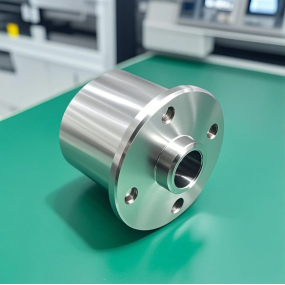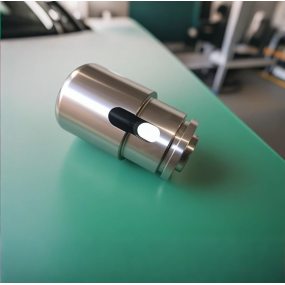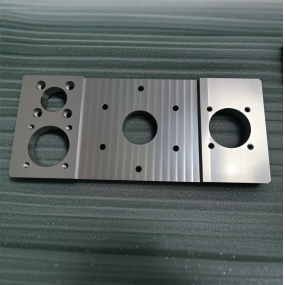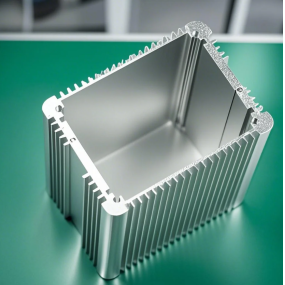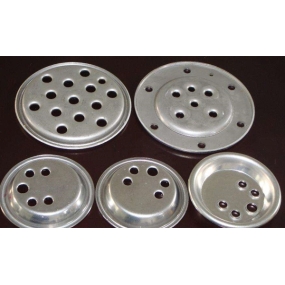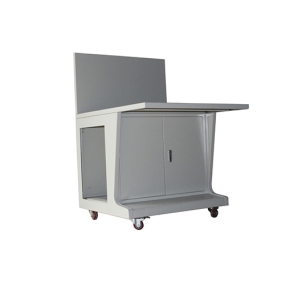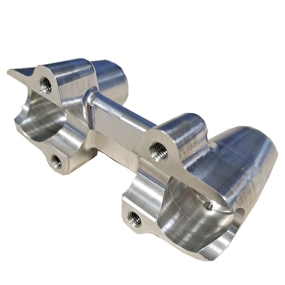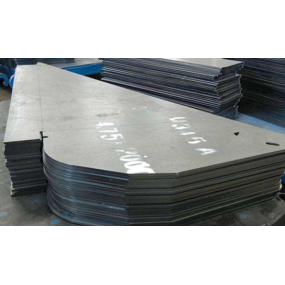With the increasing competition among enterprises, in the field of Sheet Metal Processing, the precision requirements for sheet metal chassis are also becoming higher and higher. Otherwise, the precision of sheet metal chassis processing does not meet the requirements, which is not only a waste of materials, but also the quality of its products cannot meet the requirements of customers. Then let‘s introduce Hunan Zhuorui Sheet Metal Processing Company:
1. Ways to reduce errors:
If there is any error in sheet metal chassis machining, first identify the main factors that affect the machining error, and then try to eliminate or reduce these factors. For example, when sheet metal chassis machining parts with shaped surfaces, the main purpose is to reduce the shape error of the forming tool and the installation error of the tool.
 2. Error compensation method:
2. Error compensation method:
Artificially create a new error to cancel out the original error in the process system. When the original error is negative, the human error is positive, otherwise, take a negative value and try to make the two sizes equal.
3. Error transfer method:
Transfer the original error of the processing system to the non-sensitive direction of the processing error or other aspects that do not affect the processing accuracy under certain conditions. For example, in sheet metal chassis processing, when the accuracy of the machine tool cannot meet the requirements of part processing, it is possible to create conditions for processing or fixing, so that the geometric error of the machine tool can be transferred to the aspect that does not affect the processing accuracy.
4. Error equalization method:
If the positioning error is large, the differential method can be used. The original error is divided into n groups according to its size, and the error range of each group is reduced to 1/n of the original error, and then the processing is adjusted according to each group.
5. Error homogenization method:
For parts with higher machining accuracy in sheet metal chassis, homogenization methods can be used, which identify differences by comparing closely related surfaces and then modify or benchmark each other, thus reducing and minimizing errors on the workpiece surface.
In summary, it is a way to improve the precision of sheet metal chassis processing. In sheet metal chassis processing, errors are inevitable, but we can reduce processing errors by analyzing the factors that affect the errors and taking corresponding preventive measures to improve the precision of sheet metal chassis processing.


 Spanish
Spanish Arabic
Arabic French
French Portuguese
Portuguese Belarusian
Belarusian Japanese
Japanese Russian
Russian Malay
Malay Icelandic
Icelandic Bulgarian
Bulgarian Azerbaijani
Azerbaijani Estonian
Estonian Irish
Irish Polish
Polish Persian
Persian Boolean
Boolean Danish
Danish German
German Filipino
Filipino Finnish
Finnish Korean
Korean Dutch
Dutch Galician
Galician Catalan
Catalan Czech
Czech Croatian
Croatian Latin
Latin Latvian
Latvian Romanian
Romanian Maltese
Maltese Macedonian
Macedonian Norwegian
Norwegian Swedish
Swedish Serbian
Serbian Slovak
Slovak Slovenian
Slovenian Swahili
Swahili Thai
Thai Turkish
Turkish Welsh
Welsh Urdu
Urdu Ukrainian
Ukrainian Greek
Greek Hungarian
Hungarian Italian
Italian Yiddish
Yiddish Indonesian
Indonesian Vietnamese
Vietnamese Haitian Creole
Haitian Creole Spanish Basque
Spanish Basque

